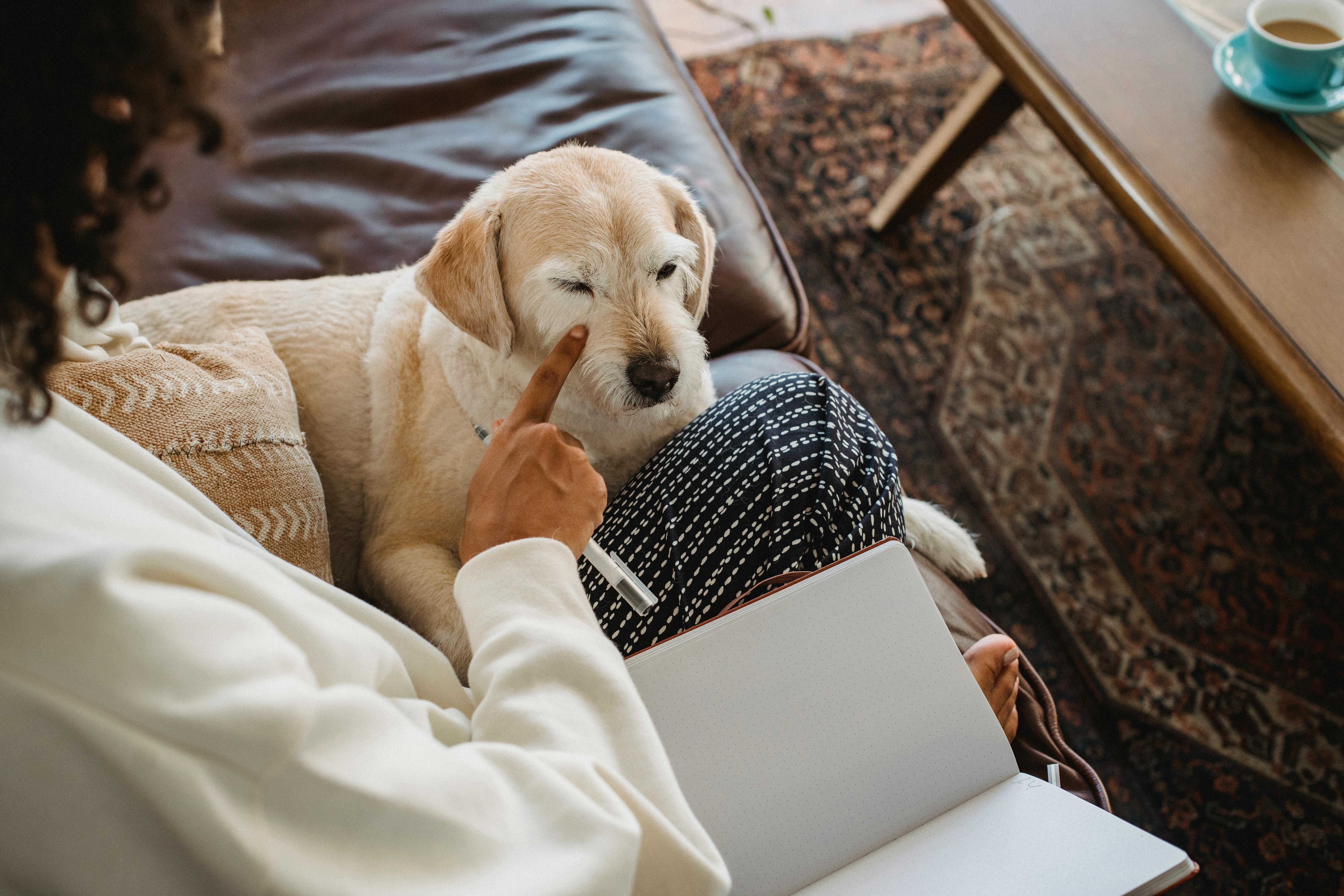Well, you think you may have found the right horse. You have gone through all of the checkpoints in Part One, have arranged at the nearest horse stable that meets the requirements discussed in Part Two, or have arranged for a home facility that provides a stable or shed. (a two or three sided building with a high roof and preferably built in mangers). Remember, all horses need shelter from the elements. Hopefully, wherever you keep your horse, there will be a considerable amount of space not only for your horse to graze, but for him to run, play, and frolic; Preferably with other horses. But, before you gloss over your hard-earned dollars, I want to give you a few more things to consider, thus part three.
What kind of gestures did the horse show when the saddle and bridle were put on it? Were they putting their ears back or acting like they wanted to step on the person trying to place them? Were they fidgeting, acting nervous, or even breaking a sweat? Were they difficult when the bridle was put on, or were they interacting, being friendly, wanting attention and not caring that they were about to be mounted? When you started to mount the horse, did they stand still and wait for your first command, or did they want to leave quickly?
Did they do what you asked or was it difficult to get them to move forward or turn around? Is the horse trying to take control and go where he wants to go, or are you on an animal that really wants to please you? If you are answering yes to these negative questions, this may not be a horse for a beginner. The calmer and more pleasant a horse behaves, the better the prospect of that animal being for a first-time horse owner. He or she will enrich your life and warm your heart with the pleasurable experiences that come with owning a horse. As your experiences grow, you will be able to step up to meet the challenges of other horses. The behavior of the horse can sometimes be compared to that of a child. So if you have children, you will know how to deal with them.
Before you make that final commitment, you may want to ride the horse for more than a minute or two. Be sure to walk, trot and gallop preferably more than once. Some horses seem fine at first, but as time passes with you on the back, they can sometimes change to a “horse of a different color”. It is not uncommon, and indeed recommended, for you to return a second time to remount the horse. That way you have something to compare their behavior to. Meaning that if the horse’s behavior was very similar the second time he rode it without much variation, then he or she is probably the real deal. Remember that this animal may be with you for the rest of its life. You want a horse that you really enjoy and that really enjoys you. As I said before, horses are social animals, but it is important to understand that they are also emotional.
Unfortunately, there will always be horses that exhibit bad behavior and some, very bad behavior. My experience tells me that a lot of bad behavior is often the result of human error. That’s why I’m here trying to talk to you and hopefully in the future, you’ll talk to me. It is very easy to buy a horse, bring that animal home, and find out that you have an animal that is out of control and you don’t know what to do about it. Horses tend to try to take advantage of beginners. Trust me, they know! All they have to do is look at you, the way you approach them and ride them. Your best defense is knowledge. I am not trying to scare you, I am trying to educate you and help you understand that the more knowledge you have about horses, the more success you will have with them. Please don’t be afraid to enter the wonderful world of horses. It’s a fun place to be and learning about horses is the best part as it never ends. Most of the riding horses out there are healthy, silent animals. They have a lot to offer to an owner who wants to know, love and care for them, as they will gladly return the favor.
